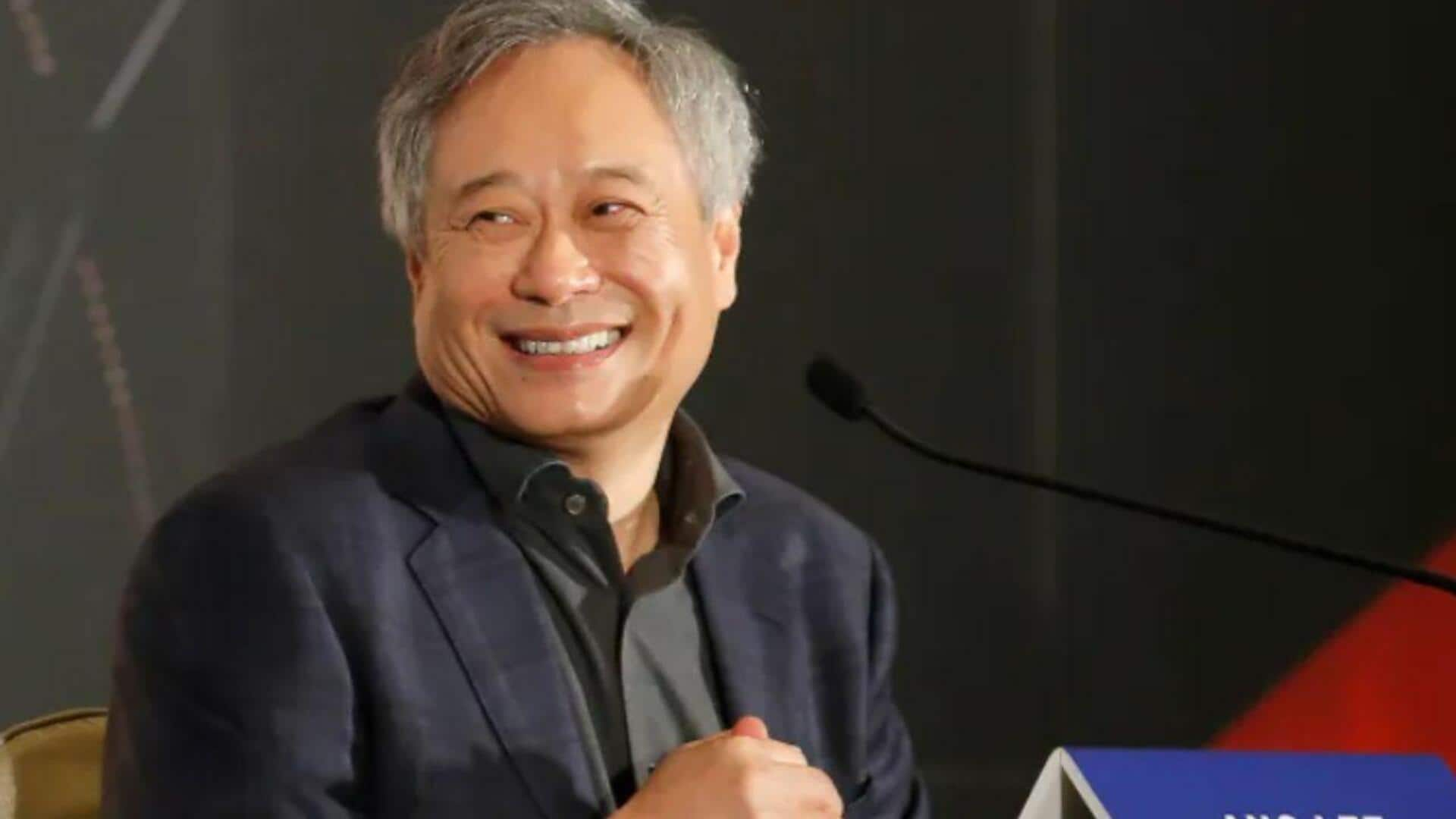
Ang Lee's bold 3D experiments changed how we watch movies
What's the story
Visionary filmmaker Ang Lee has changed Hollywood as we know it with his pioneering use of 3D technology. Lee's innovative approach to filmmaking has not only enhanced the visual experience but also set new standards in the industry. By pushing the boundaries of traditional cinema, Lee's work has inspired filmmakers to explore new dimensions in storytelling and visual effects. Here's how his 3D innovations reshaped Hollywood filmmaking.
Visual impact
'Life of Pi' and visual storytelling
In Life of Pi, Lee used 3D technology to craft an eye-popping narrative that entranced audiences across the globe. The film's success proved how 3D could be used not just for spectacle, but as a tool to elevate storytelling. By weaving this technology seamlessly into the narrative, Lee proved it could add depth and emotion to a story, inspiring other filmmakers to follow suit.
Frame rate innovation
High frame rate experimentation
Lee played with high frame rates in movies like Billy Lynn's Long Halftime Walk. By filming at 120 frames per second, he was able to create a mind-boggling viewing experience that closely resembled real life, much more than traditional frame rates. This experimentation defied industry standards and pushed other directors to think about higher frame rates for their projects, changing how films are shot and watched.
Production shift
Influence on film production techniques
Lee's use of advanced technologies has also prompted changes in film production techniques across Hollywood. His emphasis on digital innovation has led studios to invest more heavily in cutting-edge equipment and software. As a result, there's now greater collaboration between filmmakers and technology experts during production processes. This leads to more sophisticated visual effects and improved overall film quality.
Audience engagement
Pioneering new audience experiences
Through his 3D work, Lee has paved new ways for audiences to engage with films. By building immersive environments that suck viewers into the story world, he has set a precedent for interactive cinema experiences. This movement toward audience-centric filmmaking makes directors think creatively about how they can use technology not just as a tool but as an integral part of storytelling itself.